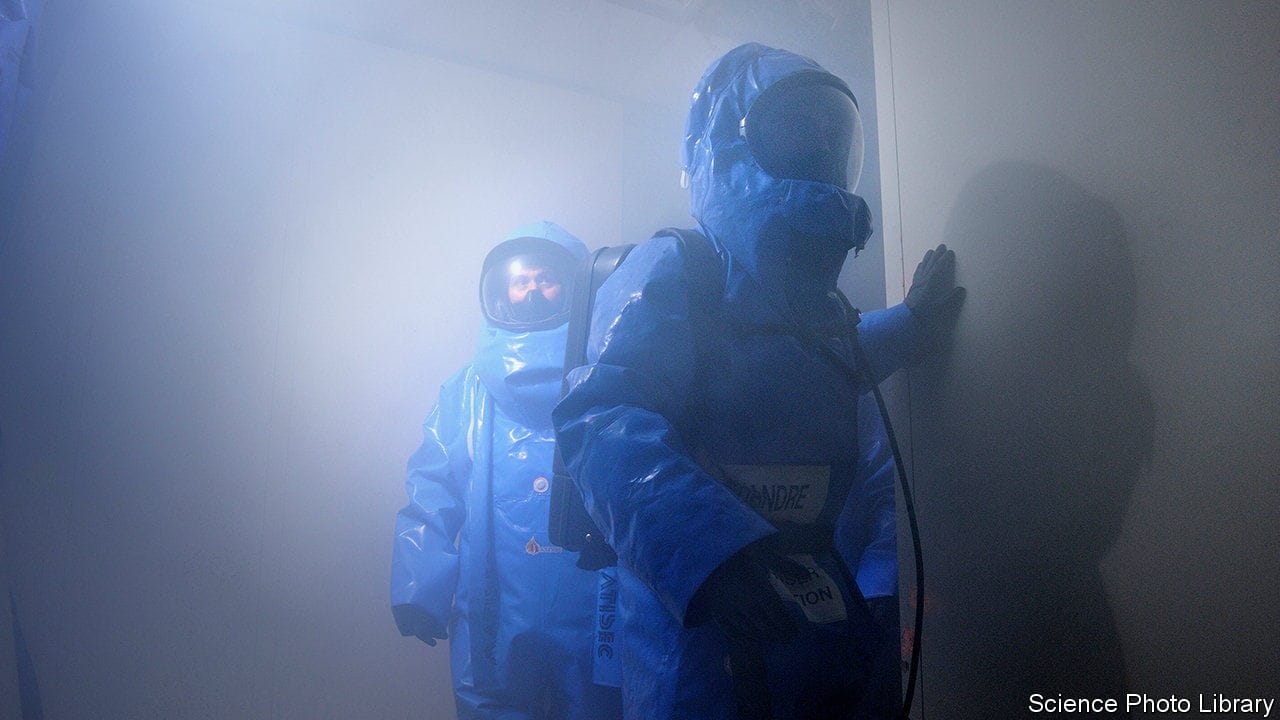What makes biological weapons so dangerous, and does Russia have them?
The weapons are banned, but the ban is poorly policed

VLADIMIR PUTIN’S forces have committed many atrocities in their invasion of Ukraine. Some fear there is worse to come. America has warned that Mr Putin may be considering the use of biological and chemical weapons. On March 23rd, ahead of a NATO summit, Jens Stoltenberg, the alliance’s secretary-general, said he expected its members to provide “equipment to help Ukraine protect against chemical, biological, radiological and nuclear threats”. The use of chemical weapons would be nothing new for Russia: it has previously used them in attempted assassinations, and the Syrian regime that it backs has used sarin gas. The use of biological weapons, though, would be novel—and potentially more deadly. What is the difference between biological and chemical weapons, and why are the former so troubling?
More from The Economist explains

What is a carry trade?
Borrowing cheaply to buy high-yielding assets is popular, but risky

The significance of liquid water on Mars
There could be an ocean’s worth deep underground

Why Russian troops are attacking on motorbikes
New conditions give rise to new tactics
What is “two-tier” policing?
The conspiratorial belief has spread online, fuelling disorder in Britain
Would legal doping change the Olympics?
The impact would be smaller—and worse—than proponents of drug-taking claim
Do vice-presidential picks matter?
If they have any effect on an election’s result, it is at the margins